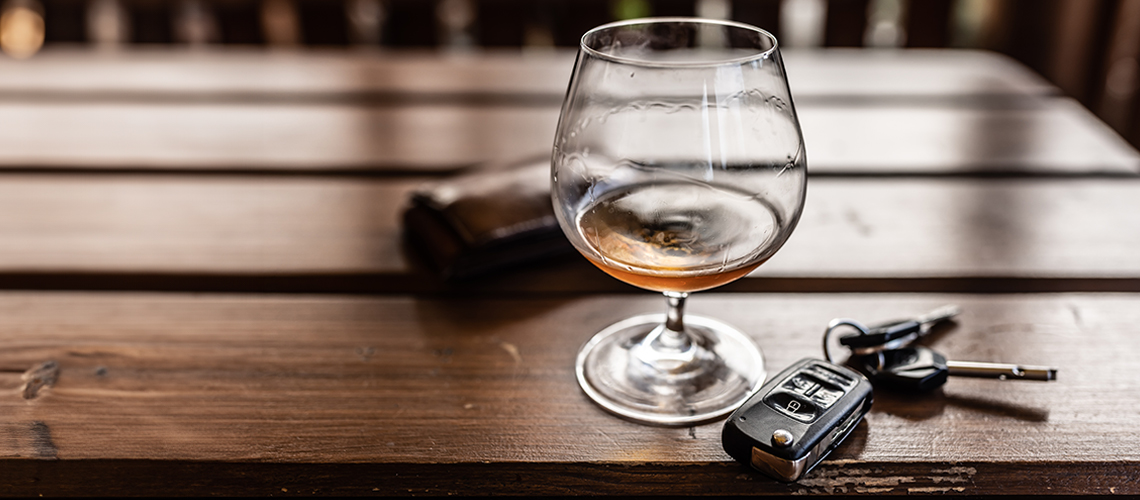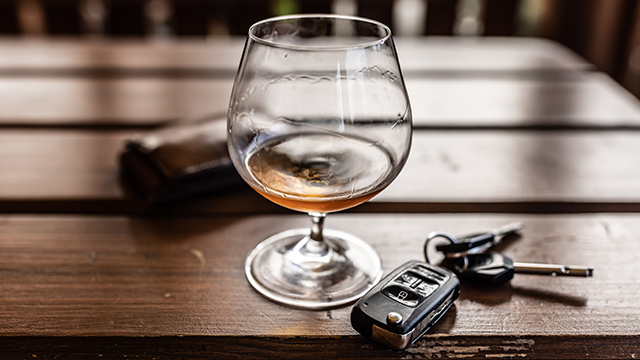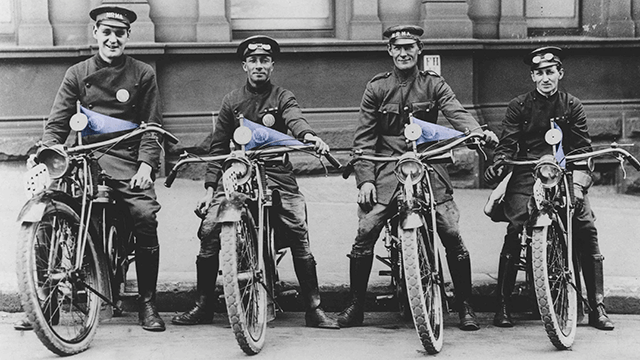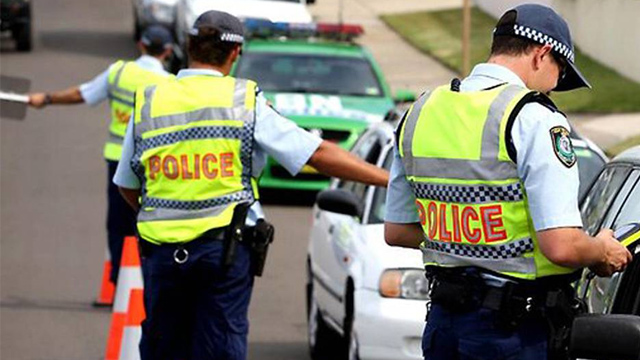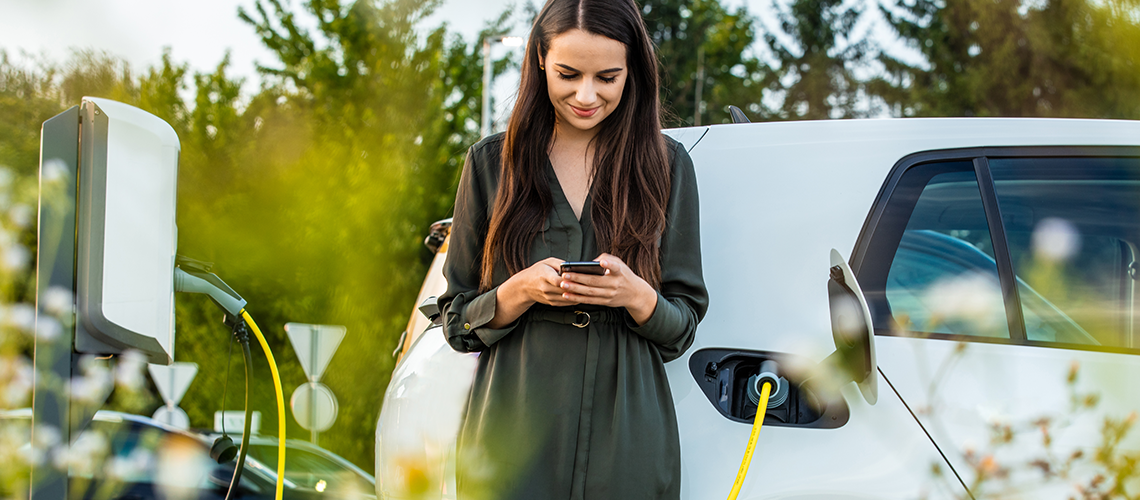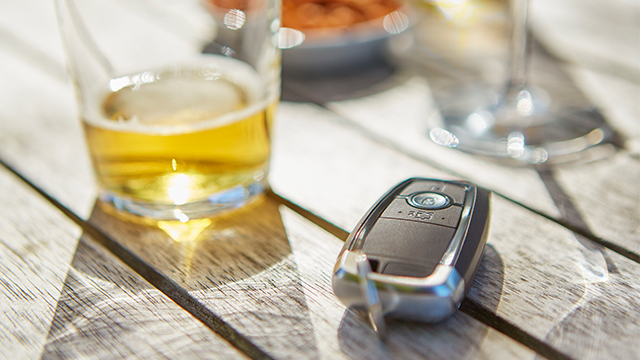Thursday 14 March 2024: The NSW Government will today debate calls for an increase in the number of Random Breath Tests (RBTs) as numbers fall to the lowest levels that are publicly available outside COVID.
Last year, just 3.5 million RBTs were conducted across NSW, falling by 300,000 on the previous year, which was already low by historical standards. This represents the lowest level of testing since 2008 when figures became publicly available, excluding COVID restricted years in 2020 and 2021.
In 2023, 57 alcohol-related deaths occurred in NSW – an increase of 58 per cent on the previous year.
More than 25,000 people signed an NRMA e-petition calling for an increase in RBT. The NRMA has been advocating for this increased enforcement to address the rising road toll.
NRMA Spokesperson Peter Khoury said the organisation welcomed today’s parliamentary debate, and that it must result in increased enforcement of drink driving laws to help prevent further deaths.
“We would like to thank all members of the community who signed the NRMA petition as the public’s support is a reflection that they want action from their leaders and strongly support the work of the Police in this matter,” Mr Khoury said.
“RBTs work – the research shows it, the public wants it and best practice says test rates need to more than double. We know seeing RBTs on the road is the ultimate deterrent. The more drivers see them set up on the side of the road the more likely they are to not risk drink driving.
“This is especially vital in regional communities where road fatalities are significantly higher and the temptation to drink and drive can be greater due to a lack of alternative transport options.
The NRMA Bust the Boozers report released last year outlined that the Austroads best practice model is for at least 1.1 RBT tests per licence holder per year. On this year’s figures this equates to over 7.5 million tests across NSW – more than double what we saw in 2023.

